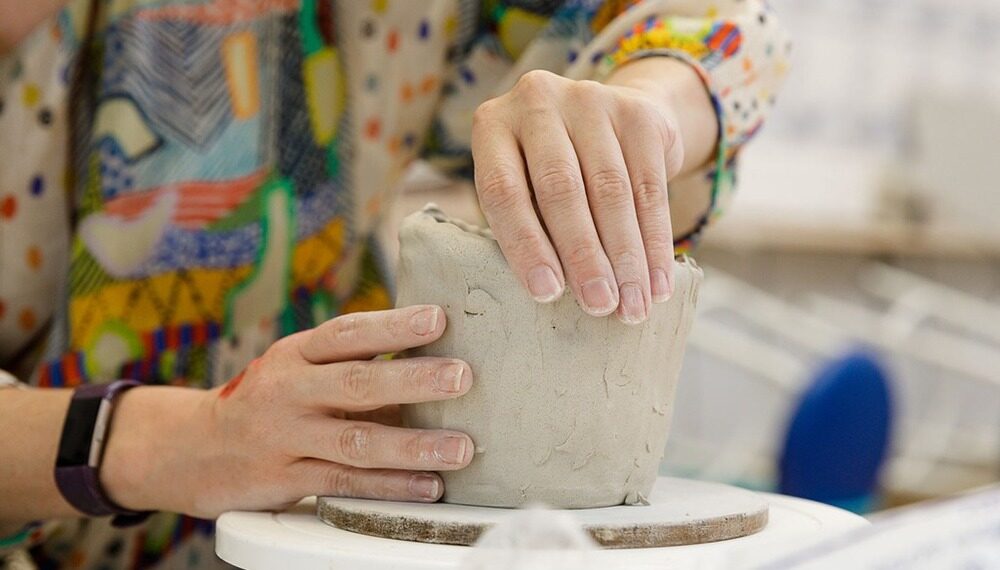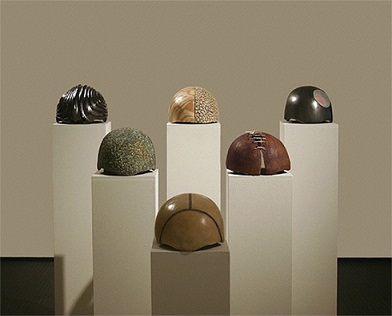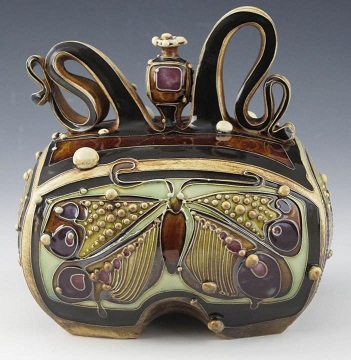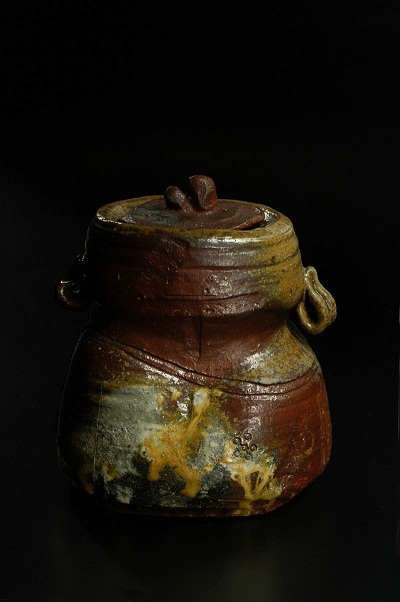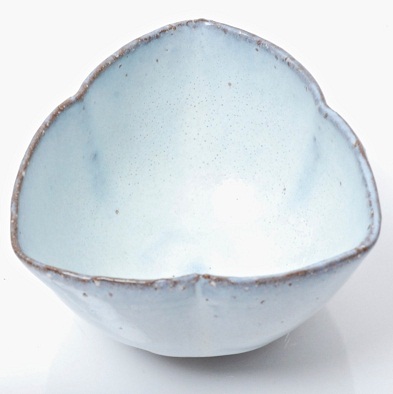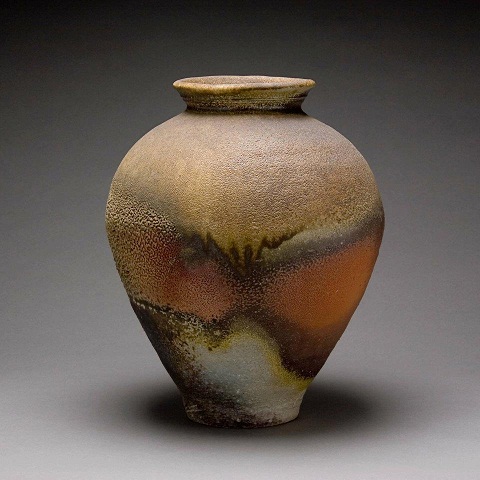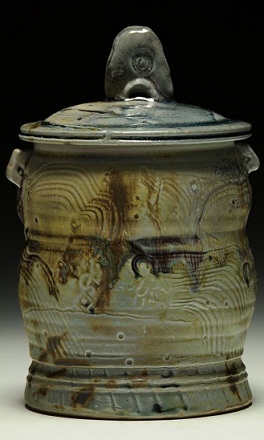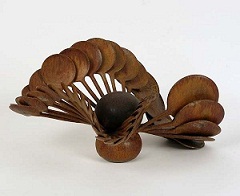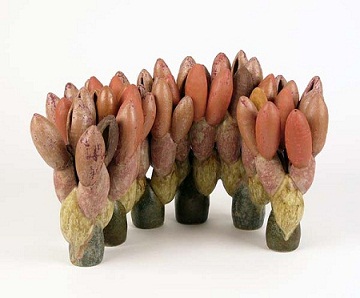Ceramic art is one of the oldest art forms in human history. Stemming from the use of clay to create functional objects like bowls and jugs, ceramics expanded to provide communities with decorative pieces and, in the end, fine art. Today ceramic art covers a wide range of styles from traditional pottery based objects to avant-garde creations that on first glance have nothing to do with clay. The masters of ceramics are true artists in every sense.
-
Victor Spinski (1940-2013)
Victor Spinski gained fame through the 1960’s and 70’s as ceramic art went through a period of great innovation and experimentation. Spinski was known for his replication of non-ceramic objects with his ceramic creations. Tin buckets, tools, garbage, underwear and paint were favourite subjects and his ceramic pieces reproduced these objects with startling realism. The photo below is his ceramics, not a garbage tin full of stuff. Technically great and willing to put a great amount of time into his work, Spinski created a genre of ceramic art that is as strong today as it was forty years ago.
-
Ellen Schon (present)
Ellen Schon has been exhibiting her works since the late 1970’s and currently lectures at the Art Institute of Boston. Her work reflects a deep desire to use ceramic art as a metaphor for various aspects of the human experience and the world in which we live, blending traditional forms with ad hoc sculptures to create the statement.
-
Carol Long (1965-present)
Carol Long has developed quite a unique style with her ceramic artworks, using the environment and animals around her farm in Kansas for inspiration. The pieces blend technique and colour to create wonderful, rolling forms that are simply a delight to behold.
-
Abe Anjin (1938-present)
Abe Anjin is a somewhat reclusive Japanese artist who creates ‘Bizen ware’, a type of pottery in which the pieces are incredibly hard and typically contain a reddy-brown colour and perhaps traces of ash from the kiln process. This is very traditional ceramic art. Abe’s pieces could be centuries old. Their form, balance and homage to the past make this absolutely classical work.
-
Hara Kiyoshi (1936-present)
Hara Kiyoshi was named a Japanese National Living Treasure in 2005 and he continues to create beautiful pieces in his trademark black and brown tones, iron glazing and animal or plant motifs. The works invariably include fine details that are not always immediately obvious but which, on close examination, show what a brilliant technician and artist he is.
-
Annie Woodford (present)
Annie Woodford has had a distinguished career to date, studying, traveling and exhibiting her ceramic artworks around the world. Her creations could be microscopic creatures, primeval coral or war boats from ancient Greece. Stunningly beautiful and often delicate with intricate gossamer threads, these pieces demand attention. 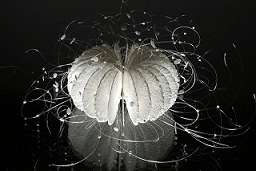
-
Peter Voulkos (1924-2002)
Peter Voulkos was a passionate, larger than life ceramic sculptor whose pieces demanded attention through their sheer scale and presence. Generally not subtle or concerned with fine detail, these works are widely sought after and shown in private and public art collections around the globe. 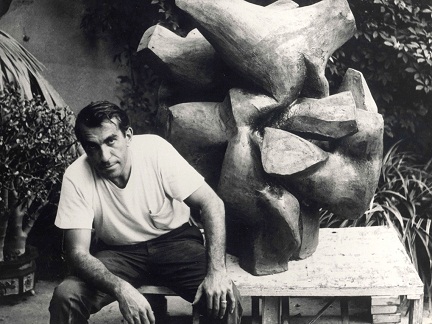
-
Shiho Kanzaki (1942-present)
Shiho Kanzaki is a Japanese anagama (wood fired) potter from Shigaraki, a town famous for its ceramic pottery that is now part of Koka City, east of Kyoto. Ceramics were created here as far back as the 1500’s. Shiho’s work shows the functional application of pottery, taking all aspects of the use of the finished product into account in the creation of the piece. Jars, bowls, urns and teapots have a rustic beauty where form meets function, highlighted by beautiful glazing. These works continue an unbroken line of tradition culture that is as important globally as it is for the people of Shigaraki.
-
John Glick (1938-present)
John Glick has worked from his private studio in Michigan since the 1960’s and his works take pride of place in many public and private art collections. His works invariably display a whirlpool of earthy colours that look both classic and contemporary at the same time. The form also mixes classical dimensions with some intriguing twists and sometimes a touch of the grotesque.
-
Beate Kuhn (1927-present)
Undoubtedly one of the most important, and prolific ceramic artists of the last century, Beate Kuhn’s work is known and admired around the world. Since the 1950’s her works have explored shape and repetition to create a whole that is much larger than the sum of its parts. Avant-garde, but with a sense of tradition and earthiness that makes all her ceramic pieces unique.
OddSpot The creation of clay vessels (pottery) for storing food and water goes back into pre-history with artifacts from 7,000 BC found in Europe and 20,000 BC in China. The potters wheel is thought to have been created by the Mesopotamians in around 4,000 BC. Ceramic artists today are using a medium whose evolution is closely interwoven with that of modern mankind itself. Here’s a great video of Tokoname ceramic artist HOKUJO working his magic.

